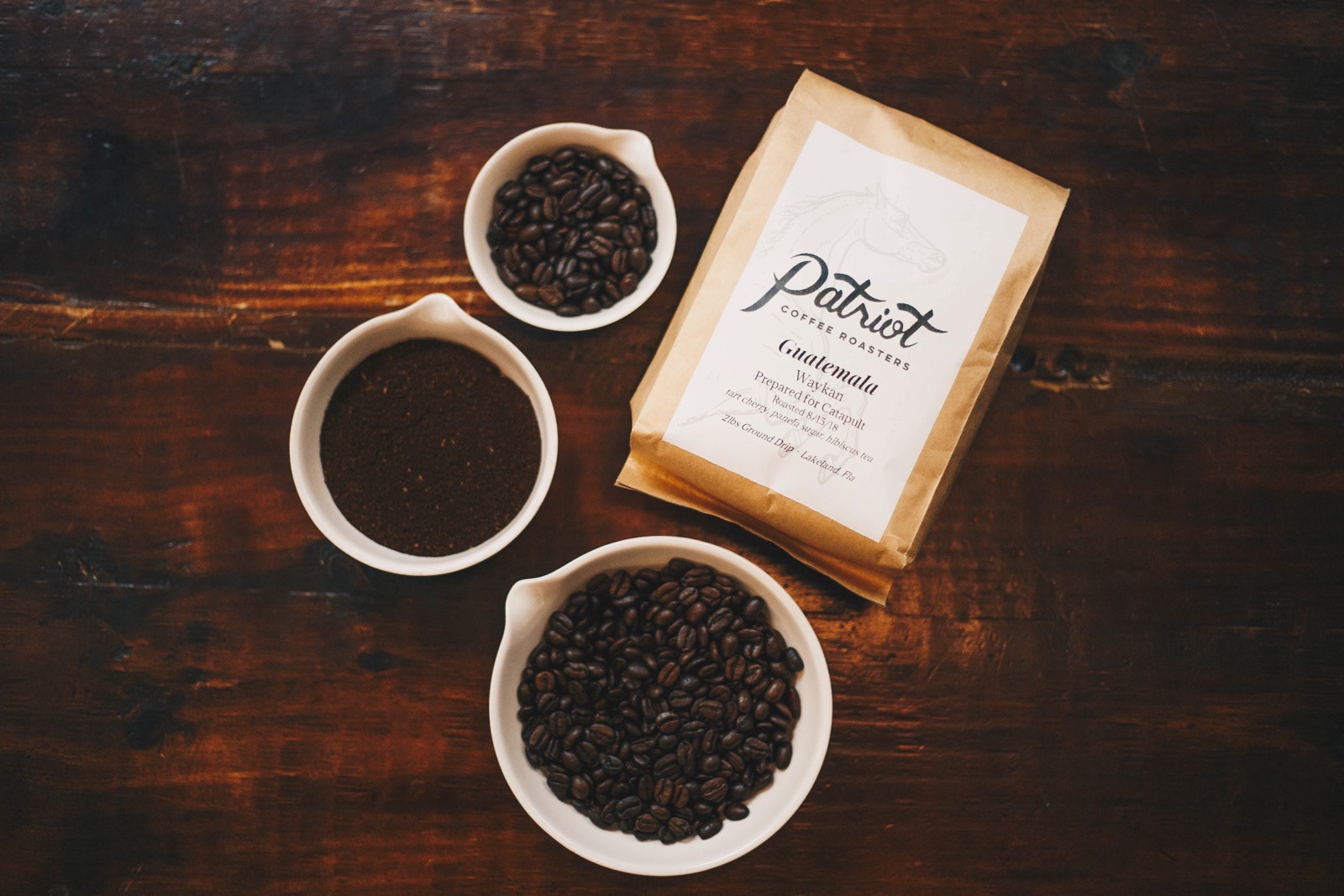Over the past several months, the entire landscape for food-based businesses has changed dramatically. Restaurants find their dining rooms suddenly shuttered, and small-batch makers find farmer’s markets Saturdays postponed indefinitely.
To pivot to serve this new world, many entrepreneurs are shifting their strategy, and selling products online. These products are often called “consumer packaged goods” in the industry and are items that could be sold on a business website or sold wholesale to retailers and supermarkets. Licensed food-businesses can launch a consumer packaged goods using the four steps outlined below
1. DEVELOP YOUR PRODUCT + UNIQUE VALUE PROPOSITION
Successful products are built to solve a need for the consumer. It is essential for business owners to start this process with the end-user in mind, and to point every decision back to the question, “Does this serve my customer?”
Questions to ask during this process include:
- What problem am I solving for my customer?
- How does my customer interact with my product?
- Why does my customer choose my product over alternatives?
- How often does my customer purchase my product?
- What is important for my customer?
Through answering these questions, determine your product offering, package size, price range, shelf life, and complementary products.
Further Reading: The 16-Step Guide to Evaluating the Viability of Any Product Idea
2. COST YOUR PRODUCT
After a product is selected, it is imperative to cost out all inputs to ensure the profitability of this offering.
- Build a master cost ledger of ingredient and packaging costs
- Standardize a recipe by recording weight measurements of ingredients, recording ingredient yields, and recording production yields
- Calculate food cost by multiplying food cost by the quantity required for recipe
- Calculate labor costs by recording the time needed to complete a batch
- Consider overhead costs, such as rent, utilities, insurance, permits, wifi, phone, and website hosting
- Set a price that considers all costs.
It is not wise to simply mirror the cost of a product based on competitors’ prices. Instead, take a careful look at the costs at play, and uses these costs to shape a price.
Further Reading: Inc: How to Price Your Products
3. BUILD AN ONLINE STORE
Once a product is selected and priced, the next step is to secure a sales avenue. Many platforms exist to manage online sales, such as Big Commerce, Shopify, 3-D Cart, Woo Commerce, Squarespace, and Magento.
When selecting a platform, consider the platform price, available themes, payment options, technical support, and features.
Any online experience should be orientated around users’ interactions. When developing the site:
- Design store with the customer in mind
- Have a clear call to action
- Write compelling product descriptions
- Include engaging product photography
- Incorporate “social proof” – i.e. reviews or testimonials
- Determine packaging and shipping requirements
- Set online store policies, such as days to ship, shipping times, returns, reimbursements, and online Terms & Conditions
It is key to ensure that the expense of running an online store does not undermine profitability. Return to the costing step to confirm that producing a product still yields adequate financial results.
Further Reading: Shopify’s Ecommerce Blueprint
4. RAISE AWARENESS + SECURE SALES
Once an online store is up and running, consumers need to know that you exist! Reach your customer using the marketing trifecta of social media, email marketing, and search engine optimization.
Social media
Social media allows brands to connect directly with customers. Use the following tips to effectively engage your audience:
- Repost user-generated content
- Explore using video content for variety
- Use questions to engage the audience
- Demonstrate suggested servings + pairs
- Be consistent in voice, colors, and postings
- Respond to national trends when appropriate
- Host strategic giveaways
- Work with micro-influencers
Email marketing
Email marketing allows companies to deliver messages directly into the inbox of customers. While social media algorithms change daily, email is an evergreen method of communication:
- Select an email marketing software, such as Constant Contact, Send in Blue, Drip, ConvertKit. MailChimp, GetReponse or Mailer Lite
- Consider ease of use + support features, email automation and integration, reporting, and price in your software selection
- Build email templates to welcome new customers, run promotions, send order confirmations, and more
- Benchmark again other brands, using Examples of Brilliant Email Marketing Campaigns
Search engine optimization
Search engine optimization, abbreviated as SEO, helps brands ensure that their product or website appears as one of the first results in an online search. To optimize:
- Research common product keywords
- Explore Amazon and Google Suggest
- Choose the right keywords for your online store
- Structuring your store for e-commerce
- Install an analytics tool, such as Google Analytics, to track interactions.
Leverage social media, email marketing, and SEO to raise awareness about your products.
CONCLUSION
Food-based businesses can use these steps to launch a product during these uncertain times. To learn more about this topic, join our 5-week webinar series, “Consumer Packaged Goods: A Recipe for Revenue.” This program is geared towards food businesses that are currently in operation, at the cottage food or licensed level, and are looking to expand their current product offerings through e-commerce. This program requires a 5-week commitment from participants.
This blog was written by the team at Catapult Lakeland, an entrepreneur center in Lakeland Florida that exists to foster the growth of startups by providing education, resources, community and space.

NextNav Adds Decorated Marketing Executive, Gillian Smith, as Vice President of Marketing- NEWS
Catapult member, Gillian Smith, officially becomes part of the NextNav team.

24. Branding is More Than Just The Logo
During our conversation, Tim Cox discusses how branding needs to be thoughtful to help businesses accomplish their objectives. A brand is who you are and branding is how you express who you are.

15 questions with Catapult’s president, Christin Strawbridge- NEWS
In an effort to learn about Lakeland’s small business scene, the LALtoday asked Christin 15 questions. Read on to find out what she loves about our city + who she thinks the coolest Lakelander is.


0 Comments